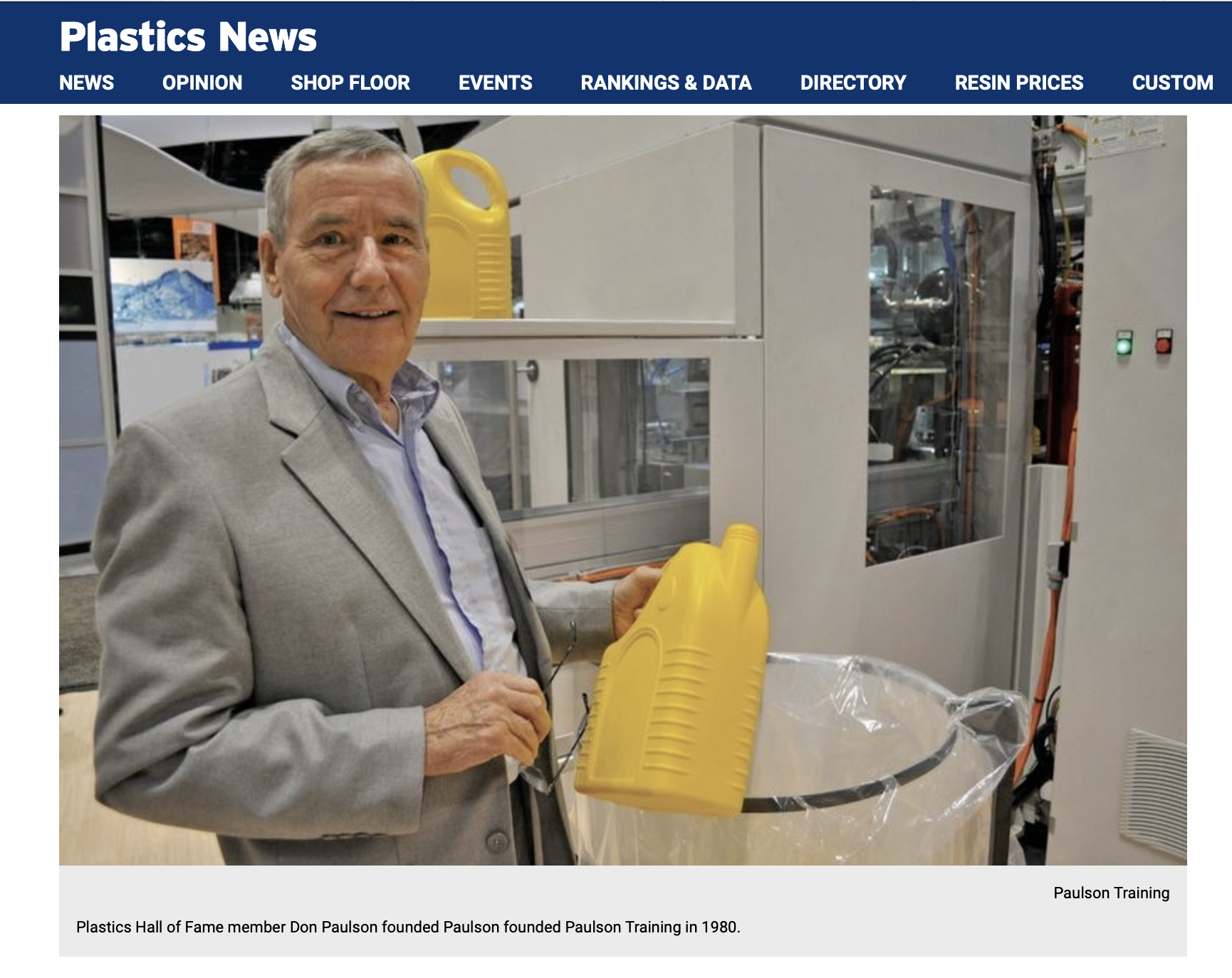Plastic flow rate is one of the four basic plastic variables. Its accurate control is vital to a repeatable molding process.
———————-
In this month’s FREE SimTech webinar, we’ll examine the topic of plastic flow rate. The unique properties of polymer molecules make accurate control of flow rate vital to a repeatable molding cycle. All polymers exhibit some level of non-newtonian flow behavior. That means their viscosity decreases as flow rate increases. Newtonian materials, like water, maintain a consistent viscosity as flow rate increases.
The reason plastics’ viscosity decreases with increased flow rates is because of their molecular structure. Plastic molecules are extremely long for their width; thousands of times longer than they are wide. And at rest in a liquid state they are resistant to flow. As plastic molecules are forced to flow, during mold filling for example, these long molecules orient, or line up, in the direction of flow, greatly reducing their viscosity. In fact, this property makes molding plastics possible at the pressures and temperatures in use today.
So while molecular orientation makes filling and packing the mold easier, it also has significant effects on molded part properties. Some of these properties are desirable and some are not. There are specific techniques for controlling the amount of orientation developed during fill/pack as well as the amount retained in the molded part. In this webinar you’ll gain a decent understanding of plastic flow rate.
Topics covered include:
- How to take advantage of non-newtonian behavior to reduce fill times
- How to maintain consistent fill times despite changes in the pressure and temperature of the melt
- What to expect for part properties as fill rate is increased or reduced
- Best practices for retaining or reducing areas of molecular orientation in the finished part
Topics reviewed include:
- Understanding how the different machine controls affect the four plastic variables
- Where a machine control affects two or more of the four variables, which is the dominant effect and why
- How to use plastic behavior to your advantage when optimizing the molding process
- How to problem solve from the plastics point of view
Listen in on this FREE webinar to learn and apply molding techniques that will dramatically change the way you process.




